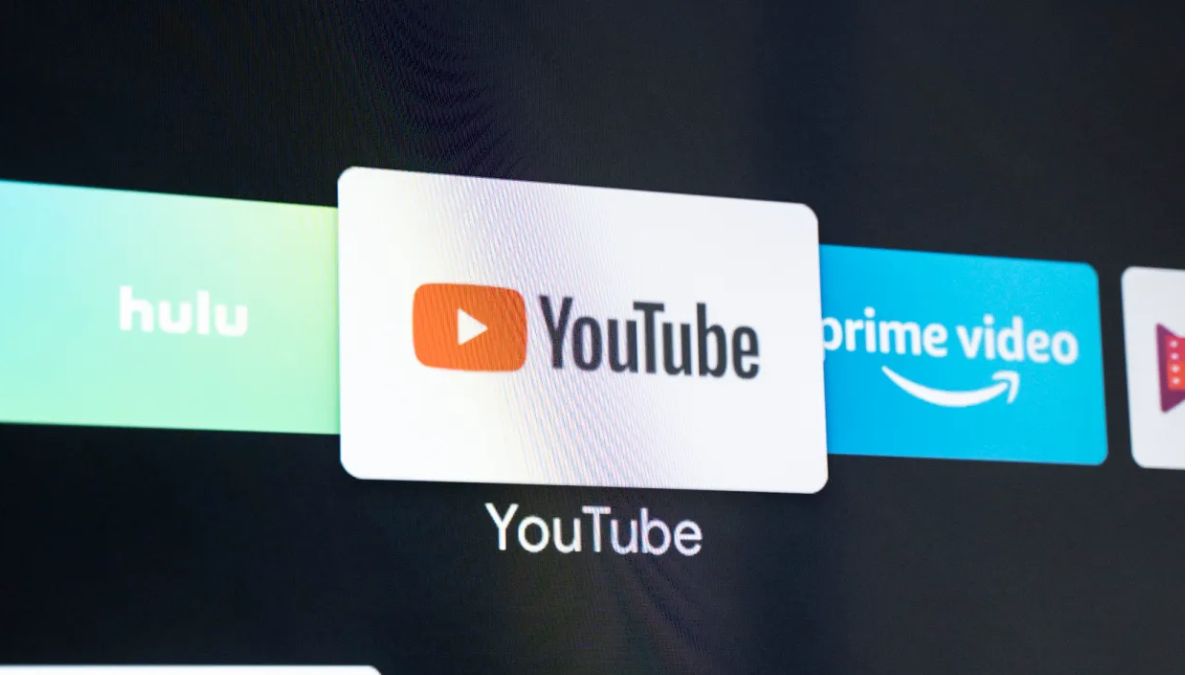 Image Credits-9To5Google
Image Credits-9To5Google
Advertisement
Google’s latest update to the YouTube app for Android TV has left many users frustrated, as the once-separate ‘like’ and ‘dislike’ buttons have been fused into a single control. The change, part of Google’s ongoing experimentation with its user interface, alters how viewers interact with content, prompting a wave of criticism from the platform’s dedicated user base.
Previously, Android TV and Google TV users had dedicated ‘like’ and ‘dislike’ buttons easily accessible in the menu bar above the playback progress scrubber. These buttons allowed viewers to quickly express their opinions on videos, while also helping to personalize YouTube’s recommendation algorithm. Now, the combined button requires an extra click to choose between the two options, adding an extra layer of complexity to what was once a seamless experience.
This redesign affects not only regular videos but also music videos and YouTube Music content, where users have additional settings for enabling or disabling album artwork during playback. The revamped interface continues to include contextual options such as playlist controls, settings, and channel hotlinks, but the consolidation of like/dislike functionality has drawn the most backlash.
User response has been swift, with many voicing complaints on social media and forums about the loss of convenience. “The like and dislike buttons should be quick and easy to use. Fusing them together just adds unnecessary friction,” commented one YouTube viewer.
Google is known for its frequent adjustments to user interfaces across its platforms, but this particular update seems to have missed the mark. Critics argue that user feedback, which often shapes content discovery and creator visibility, is now being complicated by design changes that prioritize aesthetics over usability.
